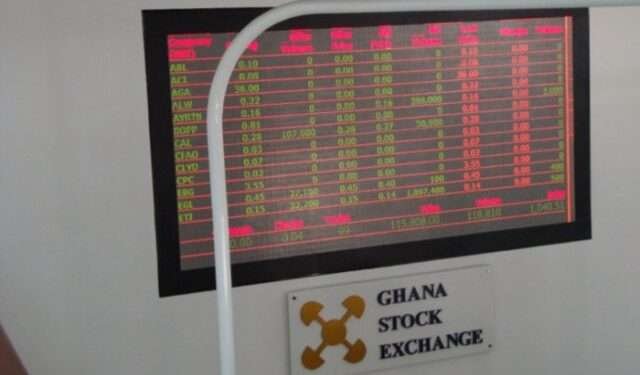Ghana’s Gross International Reserves have picked up strongly this year resulting in the improvement of the country’s import cover. According to data from the Bank of Ghana, Gross International Reserves rose by US$2607.5 million in the first eight months of the year, representing a year-to-date increase of 29.5 percent.
In January 2021, the country’s Gross International Reserves stood at US$8835.0 million providing import cover of 4.1 months. However, as of End- August 2021, the Reserves rose to US$11,442.5 million with an import cover of 5.2 months, the highest recorded in the past one year. Compared to the corresponding month last year, Gross International Reserves rose by 33.6 percent in August 2021, up from US$8561.9 million in August 2020.
The strong reserve build-up over the review period provided some buffer to the local currency. According to the Bank of Ghana, the local currency (Cedi) has come under some demand pressures from commerce, manufacturing, and energy sectors as economic activity picked up in the third quarter.
Stability of the Local Currency
The Bank of Ghana stated that, cumulatively, available data as at September 22, 2021 show that the Ghana Cedi recorded;a depreciation of 1.8 percent against the US dollar, compared with;a depreciation of 3.0 percent for the same period of 2020. The Ghana cedi also depreciated by 1.6 percent against the Pound Sterling but;appreciated by 2.7 percent against the Euro over the same period.
Despite the rise in the import cover to its highest of 5.2 months in August 2021, it is still below the ideal;value of 8 to 10 months which is essential for a stable currency. This suggests that the local currency remains fragile to most of its major trading partners, even though the Bank of Ghana;indicated that the Cedi has gained some stability so far in the year.
Commodity price developments
The recent path of recovery in the global and local economies is likely to mount some pressure on the local;currency as the country continues to depend so much on imports.
More importantly, developments in the global commodities market may impact significantly on the country’s external position. Crude oil prices have remained bullish on account of OPEC+ production cuts;which has led to steady draws on global oil inventories. According to the BoG, the average price of crude oil went up by 40.4;percent on a year-to-date basis to US$70.5 per barrel in August 2021.

However, the decline in the prices of the two other major export commodities, gold and cocoa, may impact negatively on the trade balance. BoG’s data show that Gold prices declined by 3.9 percent to average US$1,789.6 per fine ounce in August 2021. The Central Bank said this was “due to pressure from the strong US dollar”. The average price of cocoa also decreased marginally by 1.0 percent to trade at US$2,555.9 per tonne, which according to the BoG, was “due to ample supply from major cocoa producers”.
Trade balance
These price developments, together with production changes, impacted the trade account over the first eight months of the year. Total export receipts increased by 2.4 percent on a year-on-year basis to US$9.9 billion supported by higher prices realized from gold, cocoa, and crude oil.
Total imports, on the other hand, increased by 8.6 percent to US$8.98 billion. The increase in imports, according to the BoG, was driven mainly by a 58.5 percent increase in the value of refined petroleum products imports arising from increased demand as the economy returned to normalcy from last year’s lockdown period.
The higher import bill relative to export receipts resulted in a lower trade surplus of US$874.8 million in the year to August 2021, compared with a surplus of US$1.4 billion recorded in the same period of 2020.
READ ALSO: We are not going to endorse the purchase of a new aircraft- Okudzeto Ablakwa





















